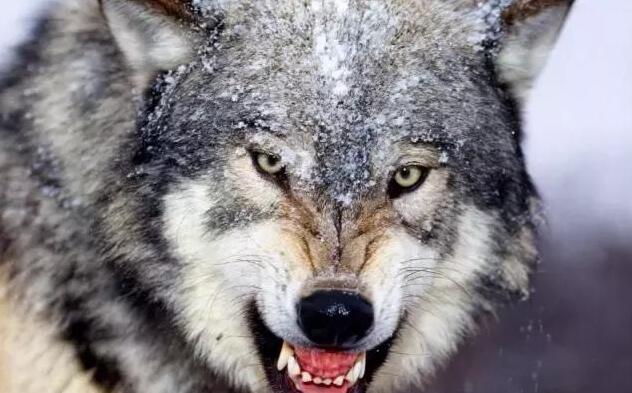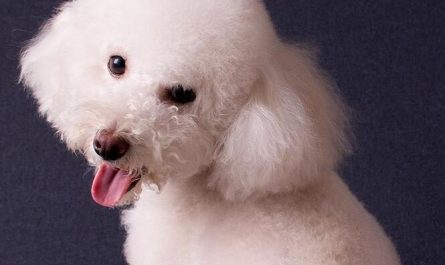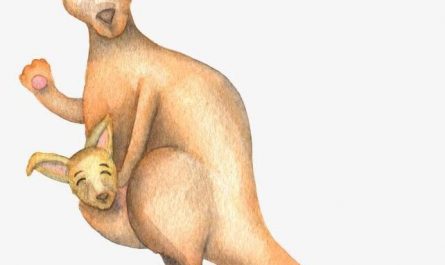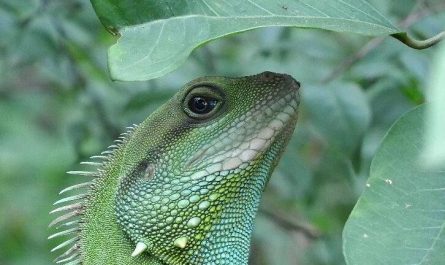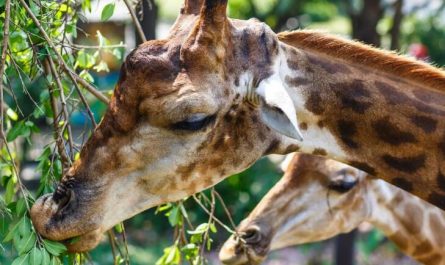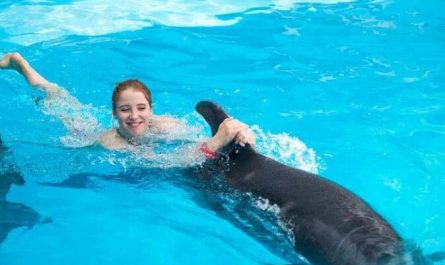Why wolves cannot be raised at home
The nature of the wolf is innate. It is not trained by any human beings. Who has watched the circus molesting wolves~ It will eat its own companion periodically. It is the wolf that eats the wolf. As for why no one raises a wolf. Because everyone I’m afraid of death. Who would raise something that threatens his own life all day long. Of course, it cannot be ruled out that some people who refuse to admit defeat have to fight against the wolf.
Wolves and dogs were one kind in ancient times. Due to the emergence of humans, humans raised some wolves in their homes. Over time, some wolves became dogs with non-aggressive nature, and dogs have become easy to raise over the long years. But wolves are different. The nature of wolves is ferocious. Even if they are raised from an early age, they will still expose their nature at a certain dangerous moment. Therefore, raising wolves is very dangerous and difficult to raise.
Life habits of wolves
body language
Generally dominant wolf: The head wolf will stand tall, with straight legs, firm expression, and ears straight forward.
The wolf turns its belly to show intimacy and please (absolute trust)
The wolf turns its belly to show intimacy and please (absolute trust)
Often the tail will be raised with a slight upward curl. This kind of action shows that a wolf with a high level of dominance may have been staring at a wolf with a low status.
Active: When playing, the wolf will lower its whole body, pull its lips and ears to the sides, and sometimes lick or quickly stick out its tongue.
Anger: An angry wolf’s ears will stick out flat, its back hair will stand up, its lips will be wrinkled, its front teeth will be exposed, its tail will be flat, and sometimes it will bow or growl.
Fear: When scared, the wolf will try to make its body smaller and less conspicuous, or arch its back to defend and retract its tail to expose the most vulnerable parts.
Obedience: The body is curled up, the tail is clamped on both sides of the hip, and the head is buried in the arms to show surrender.
Growth and reproduction
The wolves start mating from February to April each year, and the gestation period of wolves is about 63 days. Low-altitude wolves mate in February, and high-altitude wolves mate in April. The little wolf opened his eyes about a week, was weaned after five weeks, and was taken to the gathering place in eight weeks.
Wolves live in groups, and males and females are divided into different levels. The dominant male and female wolves can reproduce as they please, while individuals in low status cannot choose freely. But wolves tend to have a single mate. As long as the spouse is still there, most wolves will stay with each other for life. If the wolf’s spouse dies, it will quickly rebuild a new spouse. The female wolf gave birth in an underground cave. After a 63-day pregnancy period, the female wolf gave birth to three to nine little wolves, and some gave birth to a dozen. Little wolves who are not capable of self-defense have to live in the cave for a while, and the male wolves are responsible for hunting for food. The coyote milk period lasts about five or six weeks, but you can eat some minced meat for one and a half months. Little wolves as young as three or four months old can go hunting with their parents. After half a year, the little wolf learned to find food by himself. The life span of a wolf is about twelve to fourteen years. The little wolves that grow up in the group are not only cared for by their parents, but other members of the group will also take good care of the wolf cubs. Wolves and African coyotes will bite the killed prey into pieces and eat them in their abdomen. When they return to the coyote, they will regurgitate food to feed back. The male wolf will not regurgitate food for the young wolf, but will take it from the hunt. Back to food. Female wolves sometimes build a “nursery” in the group, where the little wolves are raised together, and the female wolves take turns to raise the little wolves without complaint. It can be seen from these aspects that the family of she-wolves has a strong sense of ethnicity.
The evolution of wolves
During the evolution of ancient creatures, the three most perfectly evolved top animals among carnivores were the Titan bird, the saber-toothed tiger, and the wolf. Today we can only see the wolf among them, while the moa (titan bird) and the saber-toothed tiger have all become extinct.
The wolf originated on the earth 5 million years ago. Both dogs and wolves have 39 pairs of chromosomes, which is 78. The black-backed and side-striked jackal have one less chromosome. In the long process of evolution, many animals with stronger powers have become extinct, but wolves have survived because they live in groups and hunt in groups, forming a huge society. Perhaps as Darwin said: “Natural selection will compete for the survival of the fittest.”
In the middle of the last century, about 5 million years ago, wolves originated in the New World and developed in the middle of the Pleistocene 1.5 million years ago.
The sudden extinction of dinosaurs in the late Cretaceous period of the Mesozoic era more than 65 million years ago gave mammals an excellent opportunity to flourish. In the next 10 million years, as the curtain of the new generation gradually opened, various small mammals have stepped onto the stage of evolutionary history.
In the Cenozoic Eocene about 50 million years ago, the common ancestor of modern carnivores began to appear. Marked by the appearance of Miacis, carnivores officially embarked on a long evolutionary road.
